- What are spots? 6 Different types of spot
- What causes spots?
- What causes a hormonal imbalance?
- How to prevent spots
- How to get rid of spots
With the incredible medical advances of the modern day, it's almost unfathomable that most of us still struggle with spots on a regular basis.
The biggest question on most of our lips is 'to squeeze or not to squeeze' - we'll get to the answer later - but there's much more to the science of spots than meets the eye.
Rather than being the mysterious, devilish inconveniences that we make them out to be, in the majority of cases, there is good reasoning behind their appearance. By learning what spots actually are, the different types of spots, and what causes them, preventing and lessening them becomes much easier.
So if you want to work towards a flawless, glowy complexion, then it's time to get clued up.
What are spots? 6 Different types of spot
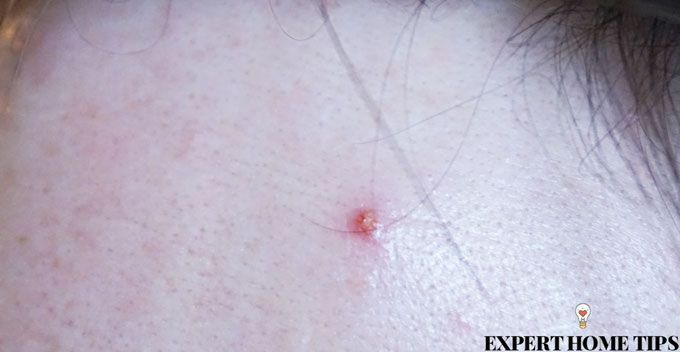
If you've reached this article, you'll probably know that spots come in many different forms and sizes; some are hard, some squishy, some white, black, painful, painless...the list goes on.
Six of the most common types of spot you're likely to experience are:
1. Whiteheads
Whiteheads are usually relatively small, closed lumps that form on the surfaces of the skin, identified by their distinctive 'white head'. This is caused by a pocket of pus underneath the skin.
2. Blackheads
Blackheads, unlike whiteheads, are open. This allows the entry the air to the bacteria inside the hair follicle, thus oxidising it and turning it black. They appear as small, black dots on the surface of the skin because of this, which is where they get their name from.
3. Papules
Papules are the next level up from whiteheads. They occur when the blocked hair follicle causes inflammation to the skin, making the area red and swollen. Papules, unlike whiteheads, are not white, as there is no pus pocket under the skin.
4. Pustule
Similar to papules, pustules are also relatively painful and appear as angry lumps on the surface of the skin. Unlike papules, pustules do contain pus, which often makes them look like bigger, nastier versions of whiteheads.
5. Cysts
Perhaps the most infuriating of all spots, cysts are fluid-filled lumps positioned underneath the skin, as opposed to on the surface. They're often painful and itchy, and unlike most spots, will rarely pop when squeezed.
6. Nodules
Unlike the different types of spots listed above, nodules represent a more serious, long-term problem. Nodules will be concentrated across a large area - or sometimes the entirety - of the face and last for several months. They represent severe acne, as opposed to common spots, and need medical attention to ensure permanent damage to the skin doesn't ensue.
What causes spots?
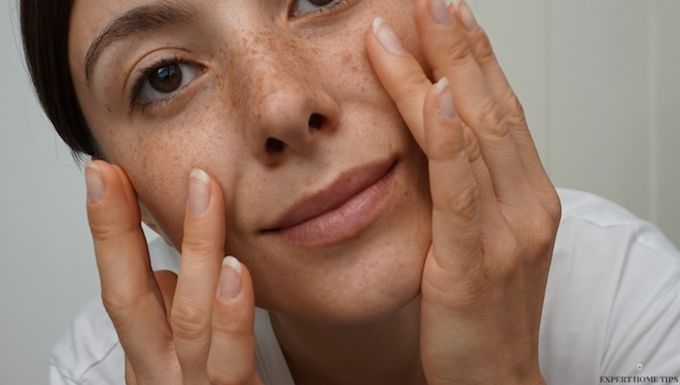
Spots form when hair follicles on the surface of our skin become blocked.
There are between three and five million hair follicles found on the body, and the face. When these follicles become blocked, bacteria forms. The result is often discoloured lumps on the skin, otherwise knows as spots or pimples.
How do hair follicles become infected?
Hair follicles are formed of three main parts:
- The sebaceous gland - pumps out oil called sebum which rises to the surface of the skin, to coat and condition it. The enables it to stay lubricated, waterproof and also acts as a barrier between bacteria preventing infections. Sebum also keeps hair follicles clear by carrying dead skin cells to the surface of the skin where they can be shed.
- The sebaceous duct - the tube that the sebum and dead skin cells travel along in order to reach the hair canal and eventually, the skin's surface.
- Hair - the fluffy stuff that sprouts out of pores on your skin.
Follicles become blocked when, for one reason or another, the sebaceous gland produces too much sebum. The excess sebum blocks the pore - the exit route to the skin's surface - meaning dead skin cells get caught there.
This accumulation of dead skin cells and sebum encourages the growth of undesirable bacteria. There is one slow-growing bacteria in particular that is specifically linked to acne: Propionibacterium.
What is Propionibacterium
Propionibacterium - also known as P.acnes - is a bacteria that is always present on our skin and in normal circumstances, is very helpful as it works to break down sebum. However, when there is an influx in sebum production, it is overproduced leading to infection and spots.
What causes a hormonal imbalance?
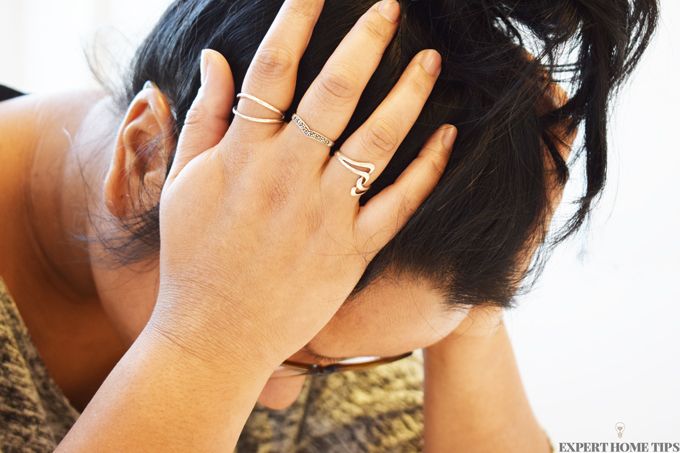
Now we know that it's the primarily an overproduction of sebum that causes hair follicles to become blocked, we can start looking at what stimulates this.
Despite popular belief, eating 5 bars of chocolate a day alone is not enough to cause a breakout, although it certainly doesn't help. No, changes in sebum are caused by one thing and one thing only: a hormonal imbalance.
There are many things in our day-to-day life that may lead to hormonal fluctuations. Some of them we can work to control and avoid, and others are out of our hands completely.
1. Puberty
80% of people between the ages of 11 and 30 are affected by acne, and it's no coincidence. During puberty, two new hormones are released into the body, which helps it to develop.
During this time, sebum doesn't really know what to do with itself! It's the constant fluctuation of hormone levels during puberty that causes sebum to be overproduced, thus resulting in spots.
2. Stress
When we get stressed, the stress hormone, cortisol, is produced in much larger quantities.
This disrupts the hormone harmony, causing interference with learning, memory, lower immune function and potentially one of those undesirable sebum spikes - perhaps the reason behind us always looking a bit 'rough' when stressed-out.
3. Diet

Dairy has gained a rather bad name for itself over the years for causing acne. Although there's no definitive link that has been scientifically proven, given that dairy promotes excess estrogen production, it sounds quite logical. It also has properties that raise
Dairy also has properties that raise testosterone in the body - another warning sign if you want to keep your hormone balance in check.
Highly processed carbohydrates are also supposed spot-causing culprit, as they contain high levels of glucose. The glucose triggers your pancreas to release insulin, causing all sorts of chain reactions to occur which could lead to excess sebum being triggered too.
4. Medication
Most of us know that the contraception pill contains hormones which override our bodily functions (in this case, ovulation).
What many of us don't know, is that many other medications contain hormones, especially repeat prescription tablets our doctor may prescribe for us.
Hormones in medications upset the natural hormone balance, causing an imbalance, which as we know, often leads to spots.
Along with hormonal imbalances, there are few external factors that can make spots more likely. These include:
5. Improper cleaning
Alongside these hormonal factors, anything that could contribute to pore blockage will increase the likelihood of breakouts. Improper cleaning, regular makeup usage and poor product choice can all be factors that contribute to this.
6. Spots can be hereditary
Sadly, some of us are simply pre-disposed to having spots. If you're naturally born with an overactive sebaceous gland, you will regularly produce an excess of sebum and experience breakouts as a result.
If your parents had poor skin when growing up, the likelihood is you will too.
7. Change in the skin's pH
The skin's natural pH structure is very effective at controlling acne bacteria, such as those pesky P.acnes we were talking about earlier. This helps keep our skin clear, so it's important we don't interfere with it too much.
This balance is key to keeping our skin clear, so it's important we don't interfere with it too much.
Imbalance happens when unsuitable products are used or our diet is lacking in essential vitamins and minerals.
8. Spots after shaving
Shaving is a great example of how spots can be caused by external factors that don't involve sebum production. When we shave, we expose the pore to the outside elements, which can cause the follicle to become blocked or for bacteria to get inside.
Additionally, the regrowth of hair can cause problems. 'Ingrown hairs' also block the pore and access to the air, often resulting in a pretty painful spot.
How to prevent spots
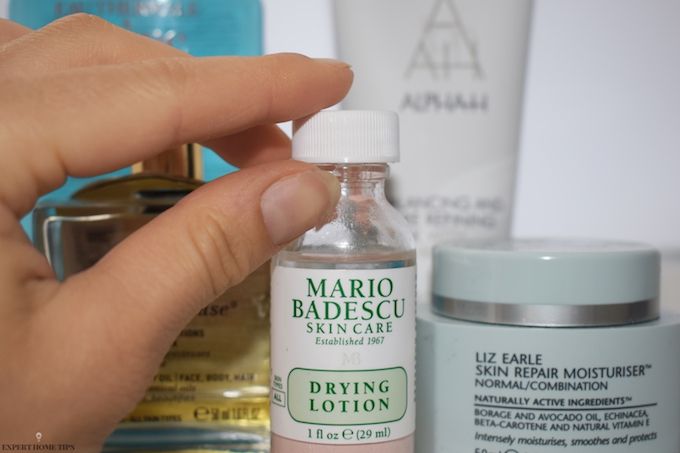
Although it's impossible to go through life without having any hormonal imbalances, there are certain ways we can help to keep them more stable.
Regular exfoliation
Regular exfoliation is key to removing dead skin & keeping pores clear. Whilst exfoliation alone won't prevent the deep depth of our hair follicles becoming blocked with dead skin cells and bacteria, it will help somewhat to keep pores clear.
Your skin should be exfoliated once a week with a gentle, non-abrasive product.
Skincare routine
Correct and thorough care of your skin will help keep your complexion clear.
Wash your face twice a day to remove impurities, dead skin cells and excess oil from the surface. This will help your skin perform to the best of its ability, and keep everything regulated and balanced as best it can.
Choose the right products for your skin
As everyone's skin is slightly different, it's important to pick products that work with you not against you.
Going to see a dermatologist to get a skin consultation may be costly, but it can be worth it in the long run, especially if you often suffer from acne.
If you can't afford to see a professional or buy specialist products, focus on cleansers that contain salicylic acid, as this has important antibacterial properties that will help keep spots at bay.
Use makeup sparingly
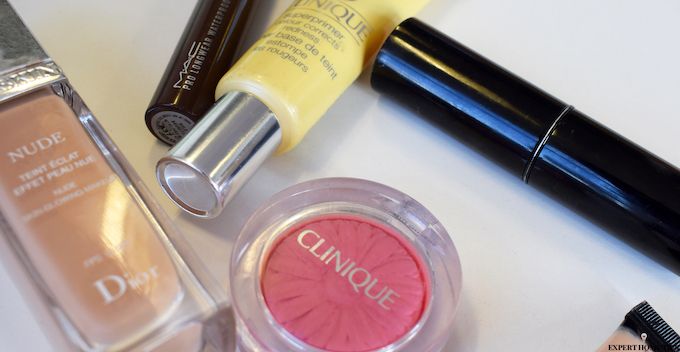
Although makeup alone won't lead to spots, if you're already producing excess sebum, makeup will definitely not help to keep those pores clear.
Try to keep makeup for special occasions, take it off around the house and always before you go to bed in order to give your skin time to breathe and sebum and dead skin access to the skin's surface.
Use your diet to maintain a hormone balance
Eating a healthy, varied diet will not only help you reach your daily quota of vitamins and minerals, but by doing so, you'll keep the pH of your skin stable.
Diets low in sugar have been found to benefit patients that suffer from acne regularly, so limiting sweet treats could well be something you want to try. Similarly for dairy - if in doubt, cut it out, and see how your skin reacts to the change.
Avoid touching your face too often
Despite rarely thinking about it, our hands are home to hundreds of thousands of germs.
When we touch our faces, we're effectively transferring these germs onto our skin, which can then find their way into our pores and cause spots.
Germs aside, if the skin is already irritated due to acne, touching the affected areas can make matters much worse.
Moisturise to keep that pH balance in check
Although many of us tend to stray away from moisturisers when we break out, it's actually the last thing we should be doing.
This is especially true if you're using acne-specific products as they can dry out the skin - it's essential to renourish the skin afterwards.
Look for moisturisers that have 'noncomedogenic' on the label, which means they shouldn't cause spots.
Remember to chill out
We've already discovered that stress can cause changes in our hormones. Stress is natural and for some of us, vital, in order for us to push ourselves to reach goals.
That being said, it's important to always take the time to breathe, chill out and relax so that stress doesn't get the better of us and our skin!
If not for your health, do it for your skin.
Start the day with hot water & lemon
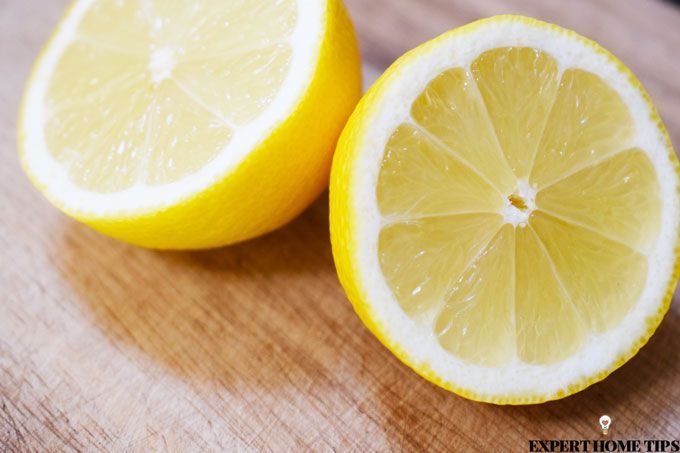
We often hear about the supposed health benefits of drinking hot water infused with slices of fresh lemon, but is there any truth to them?
Well, there's no scientific research to back it up, but try it for yourself and should notice an immediate improvement in your digestive system - many people claim it helps to flush out toxins in the small intestine.
Schedule in a deep clean with a professional
There's only so much you can do at home.
If you want to invest a bit more time and money into your skin, we highly recommend going for a deep pore cleansing facial or chemical peel once a month.
Professionals have access to all sorts of treatments and procedures that can work wonders for your skin, clearing out pores, preventing blemishes and destroying bad bacteria.
Don't overdo it on the skincare
Although regular skin care is really important in keeping germs and bacteria at bay as well as your skin's natural pH stable, it's important not to overdo it.
Excessive exfoliating or washing can lead to dryness or disruption to the skin's natural defence mechanisms which will, in turn, lead to spots.
Consider a supplement
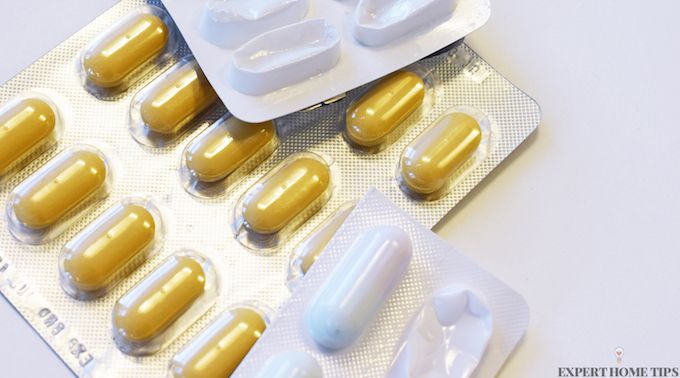
Some experts encourage the addition of supplements to the diet to keep breakouts under control.
Chelated zinc has supposed benefits as it works as an antibiotic - it's available at most health stores.
How to prevent spots with an acne product
Many people think you need a prescription for acne products but that isn't the case. There are many acne products you can buy over-the-counter from your local pharmacy.
The majority contain ingredients such as benzoyl peroxide, salicylic acid, glycolic acid or lactic acid, which help to prevent bacteria from multiplying and also help to dry out greasy skin caused by excess sebum.
Be sure to get advice from your local pharmacist before using them, as they often cause peeling to begin with. Start with a small amount and readjust to meet your skin's needs.
How to get rid of spots
Squeezing spots
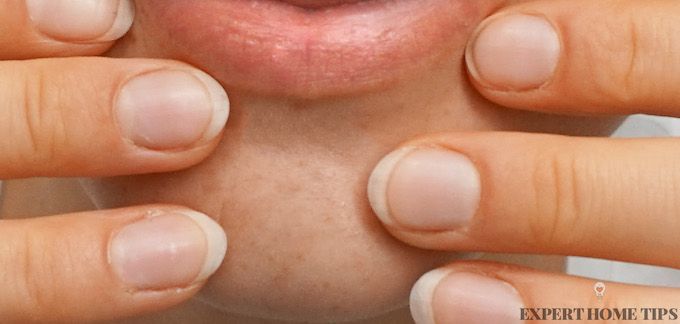
We've finally arrived at that important question: to pick, or not to pick?
Chances are, you already know the answer - in fact, most of us do. Despite the excruciatingly tempting temptation of picking at those nasty looking lumps on our heads, nine times out of ten, it's the worst thing you can do.
You may get away with popping the odd whiteheads and pustule without causing too much damage, but try and squeeze at a stubborn papule or cyst and you'll only make the problem worse. Here's why you should never squeeze a spot:
- The area around the spot will become sore, angry, and if you continue, may even leave yourself with a nasty scar in its place.
- The skin that was closed will be exposed to the air, bacteria on the surface of the skin and germs from your hands. This is likely to lead to the pore becoming blocked again, restarting the spot cycle.
- Squeezing and picking is likely to cause scarring which, unlike that spot, could stay with you forever.
Avoiding all this is simple: don't pick.
Whilst it may sometimes seem impossible, let your skin and it's built-in mechanism deal with the problem itself and the spot will calm down in no time. Not only that, but it'll be much easier to cover up with makeup than a big, popped, angry mess.
Best spot cream
Miracle creams to banish spots in a matter of minutes may not be a thing, but Cosmopolitan has a list of 7 tried and tested products that come pretty close.
Spot fighting products work to calm the skin, reduce redness and prevent bacteria buildup. Whilst they won't clear your skin in an instant, they'll give your skin a helping hand and get you looking good again quicker.
Natural spot remedies can work wonders too
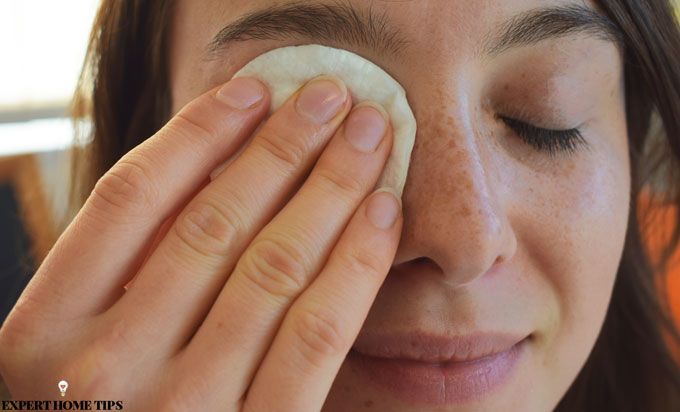
Don't be fooled into spending a fortune on skincare. There are many ways you can get your skin looking great again with the ingredients you have in your kitchen cupboard.
Everyday Roots has some great recommendations to solve all types of troublesome skin issues, including using things like witch hazel, apple cider vinegar and even orange peel, so if you prefer the natural route, it's worth checking out.
Q&A
Why do spots hurt?
Spots hurt because they make the skin angry. The blockage isn't meant to be there and the infection causes redness, swelling and pain.
Why do you get spots during pregnancy?
Some women experience spots during pregnancy. As with the menstrual cycle, during pregnancy, there can be changes in the hormonal balance and a spike in sebum which causes spots on the skin.
Why does detoxing cause spots?
Detoxing causes the release of toxins from the body and can also cause a change in hormonal balance. Both of these factors can cause pores to become blocked and spots to occur.
Thanks for reading! Do you have any spot curing or prevention tips you swear by? We'd love to hear them in the comments below!
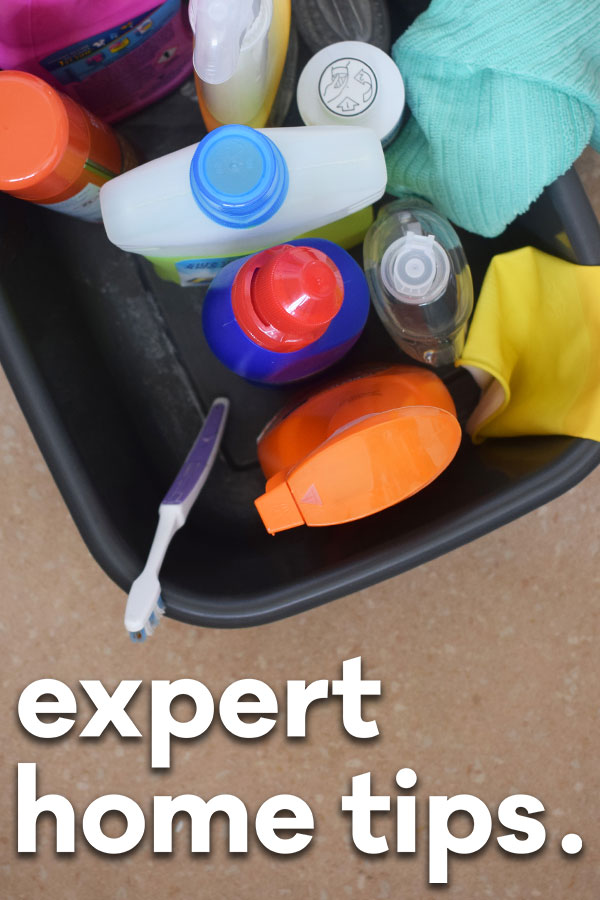
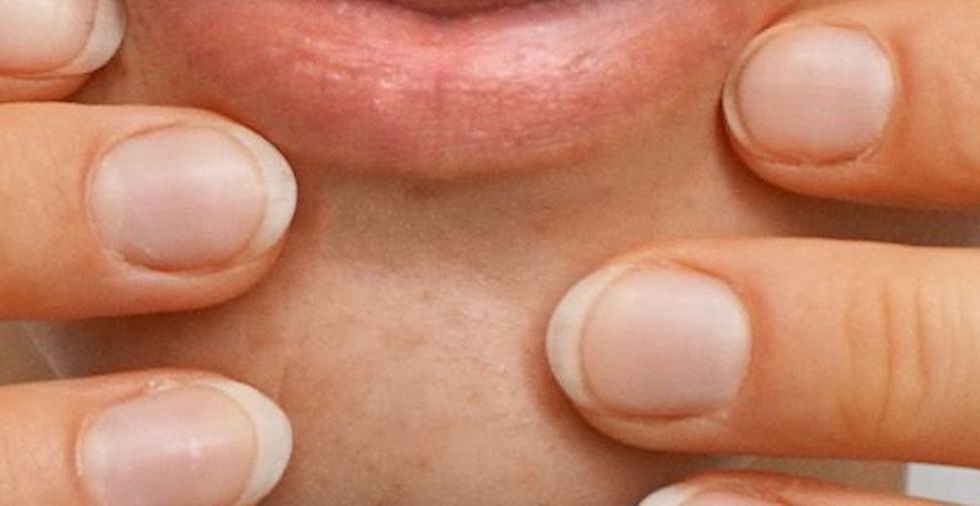
I get some of those once in a while on my forehead and on sides of my nose, a few probably from shaving, as I noticed them on my neck and shoulders sometimes, but as long as they're not frequent it's not really a problem and most of the time it gives me little to no irritation. I could use some of these treatments though, as it could be a mix of sebum, irritation or ingrown, depending on the zone. I wear, though not every day, hydrating cream, on face and shaved zones, sometimes just prep, though and once or twice a week, micellar water to clean up, dunno if good :). I rarely pick anymore, maybe I tried last time from a shave related ingrown-pimple below my ear close to my jaw angle. The excess T part applies to us guys too, though maybe to a different extent? As that might favour skin condition, though mine seem relatively uniform when calm.
Instyle hyperlink doesnt work for me??
Hi Kath! Sorry about that. I have now updated the article to provide an alternative list of spot treatment creams.
Spot dots have saved my two young teen daughters lives lol. They are brilliant! You peel off the sticky see through dot, leave on until the dot turns white, and honestly, 9 times out of 10 the spot is pretty much gone! They are expensive but they are also really worth the money if you have a self conscious teenager. My youngest started puberty at 9 bless her, so to have spots too before all her friends I was happy to try and help her out by getting these, as they also pretty much hide the spot when you put them on as they go to skin colour.
We love these, too! Thanks for sharing.